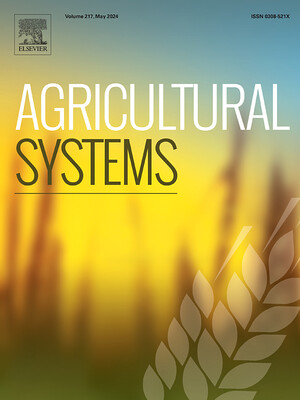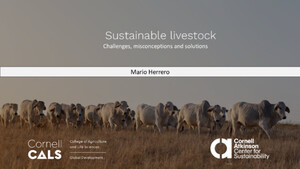
Climate change and Rift Valley fever disease outbreak: implications for the food environment of pastoralists
Abstract
Background
Rift Valley fever disease affects both livestock and humans. Variations in rainfall patterns have contributed to more frequent intense floods which favour the vector mosquito and associated Rift Valley fever outbreaks. Pastoralists living on poor rangelands depend on livestock for food and livelihood. Rift Valley fever outbreak control and management measures such as quarantine and trade bans of livestock and associated products disrupt the food systems in pastoralist settings. This contributes to poor food availability, access, and affordability leading to poor food choice and consumption, and potential negative nutrition, especially in women of reproductive age (WRA) and children younger than 5 years. Evidence on the effects of Rift Valley fever outbreaks on the food environment and nutrition security is scarce. This study analysed the effect of Rift Valley fever outbreak on various domains of the food environment to inform future Rift Valley fever outbreak response, to be comprehensive, and to consider nutrition.
Methods
This was a mixed-methods study done in pastoralist Isiolo County, Kenya, purposively selected owing to a Rift Valley fever outbreak in 2020. A cross-sectional household survey (n=767), focus group discussions, and in-depth interviews were done. Data on 24-h dietary recall and dietary practices was collected and analysed by means of the NutriSurvey tool and NVivo software for qualitative data.
Findings
Mortality in sheep, goat, and cattle was 40·2%; 52·8%, and 19·6% respectively; about 70–92% households depended on income from livestock sales. Livestock sales reduced; food prices increased; flesh-meat consumption declined from 19·7% to 14·2% before and during Rift Valley fever outbreak. Only 23·6% of the WRA achieved the minimum dietary diversity score; about 55% of the children consumed insufficient energy, protein, and vitamin A.
Interpretation
Future Rift Valley fever responses need to consider nutrition because the disease and mortality reduce livestock productivity and associated foods, while Rift Valley fever control measures reduce food access and income, and raise food prices, which contribute to purchase and consumption of inadequate, cheap, and less nutritious foods with potentially negative nutrition outcomes.
Citation
Omosa, E., Bett, B. and Kiage, B. 2022. Climate change and Rift Valley fever disease outbreak: implications for the food environment of pastoralists. Lancet Planetary Health 6(Supplement 1): S17.










